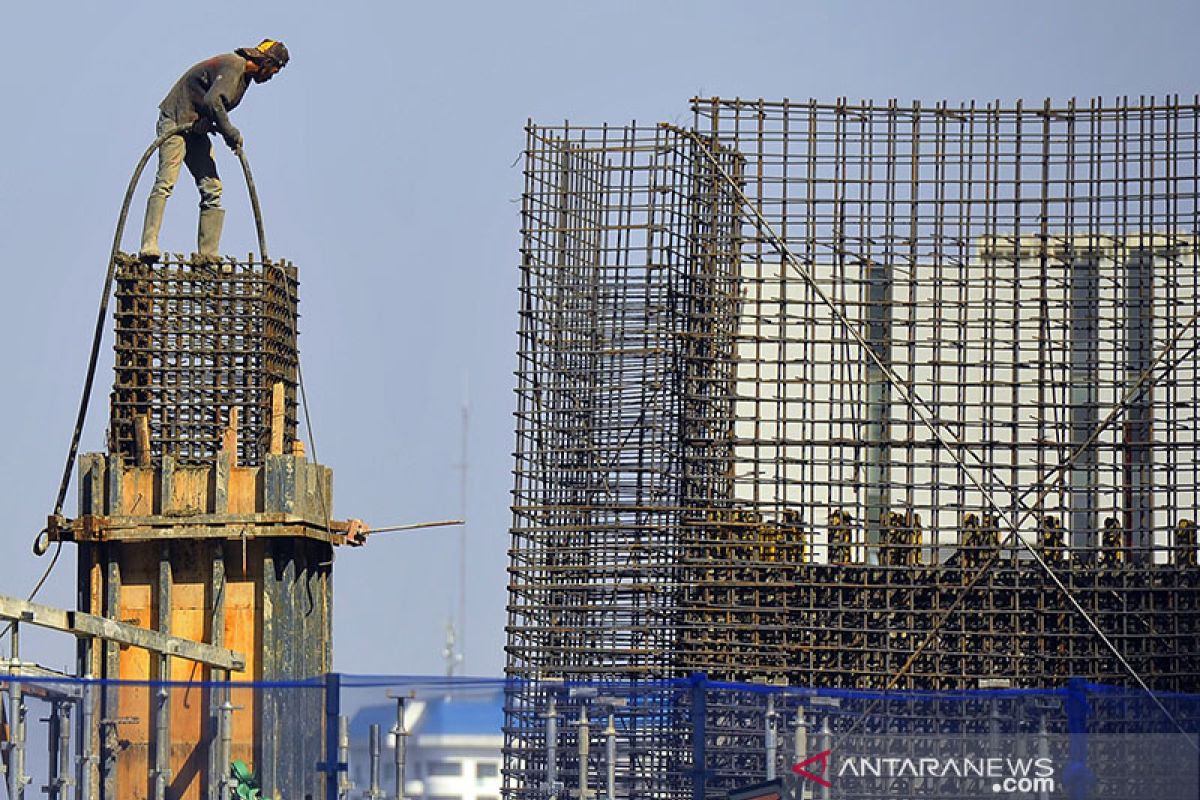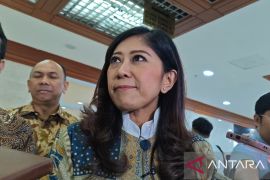Our survey shows that there are those who are 100 percent brave, but for credible developers, some are still 90-95 percent. But, we have opened up to 100 percentJakarta (ANTARA) - Bank Indonesia (BI) has said it is using several macroprudential policy strategies to speed up national economic recovery this year after the deep contraction recorded last year in the wake of the COVID-19 pandemic.
"Specifically from macroprudential (perspective), what is the strategy? Because credit is still contractive, so our focus is on how to encourage first credit from sectors that have high forward linkages and backward linkages, namely property and automotive," assistant governor and head of the macroprudential policy department of Bank Indonesia, Juda Agung, said during a webinar on ‘The Role of Macroprudential Policy in Economic Recovery’, here on Friday.
Agung said the policy to stoke the property and automotive sectors both from the fiscal side through government taxation, the macroprudential side from the BI, and the microprudential side from the Financial Services Authority (OJK) is starting to prove effective, and the banking response to this policy has also been quite positive.
BI has increased the Loan to Value (LTV) ratio, or relaxed the down payment policy, for housing to zero percent. Banks can now determine the amount of down payment to be paid by customers, depending on their risk appetite and risk management, he explained.
"Our survey shows that there are those who are 100 percent brave, but for credible developers, some are still 90-95 percent. But, we have opened up to 100 percent," Agung said.
The result is that household (RT) interest in investment in the property sector has begun to increase, especially for landed houses and apartments, except offices, which are now not really needed due to Work From Home (WFH) policies that are still in place, he informed.
"What is also positive is that mortgage loans (KPR) also continue to grow. Meanwhile, the other loans are industry minus 2.28 percent. Previously, KPR increased to 4.84 percent year on year. We should be grateful for signs of a recovery in the property sector," he said.
Meanwhile for motorized vehicles, BI has also lowered down payments to zero and the government has also lowered Sales Tax on Luxury Goods (PPnBM). The results have been quite positive in the form of stretched sales of motor vehicles, and a number of manufacturers have even found themselves unable to meet the demand, Agung disclosed.
The central bank has also reactivated the Macroprudential Intermediation Ratio (RIM) to safeguard macroprudentials so that credit growth is neither too low nor too high, he said. In the current context, he continued, credit growth was too low so it needed to be encouraged.
"The Macroprudential Intermediation Ratio is still below 80 percent. We will push this back to normal to 84-94 percent — a level that can be said to be optimal. But, we will do it gradually, first (by increasing it to) 75 percent, (then by) September 80 percent, (and by) January 84 percent," Agung revealed.
The next strategy, he said, is to increase the effectiveness of interest rate transmission through ensuring the transparency of the Prime Lending Rate (SBDK). Then, BI will focus on financial inclusion, specifically financing to the MSME sector, he added.
A BI survey has found that the cash flow of MSME players is still good, but working capital financing is still relatively limited, Agung said
"The point is that in 2020 we focused on saving the economy, so the focus was on liquidity. The payment system was also more to encourage digitization. For 2021, the focus is on economic recovery, encouraging credit, lowering interest rates, and financing for affected sectors, namely the MSME sector," he expounded. (INE)
Related news: Batam-Bintan Bridge to boost economic growth: Moeldoko
Related news: Government positive economic recovery on horizon
EDITED BY INE
Translator: Citro A, Azis Kurmala
Editor: Fardah Assegaf
Copyright © ANTARA 2021












